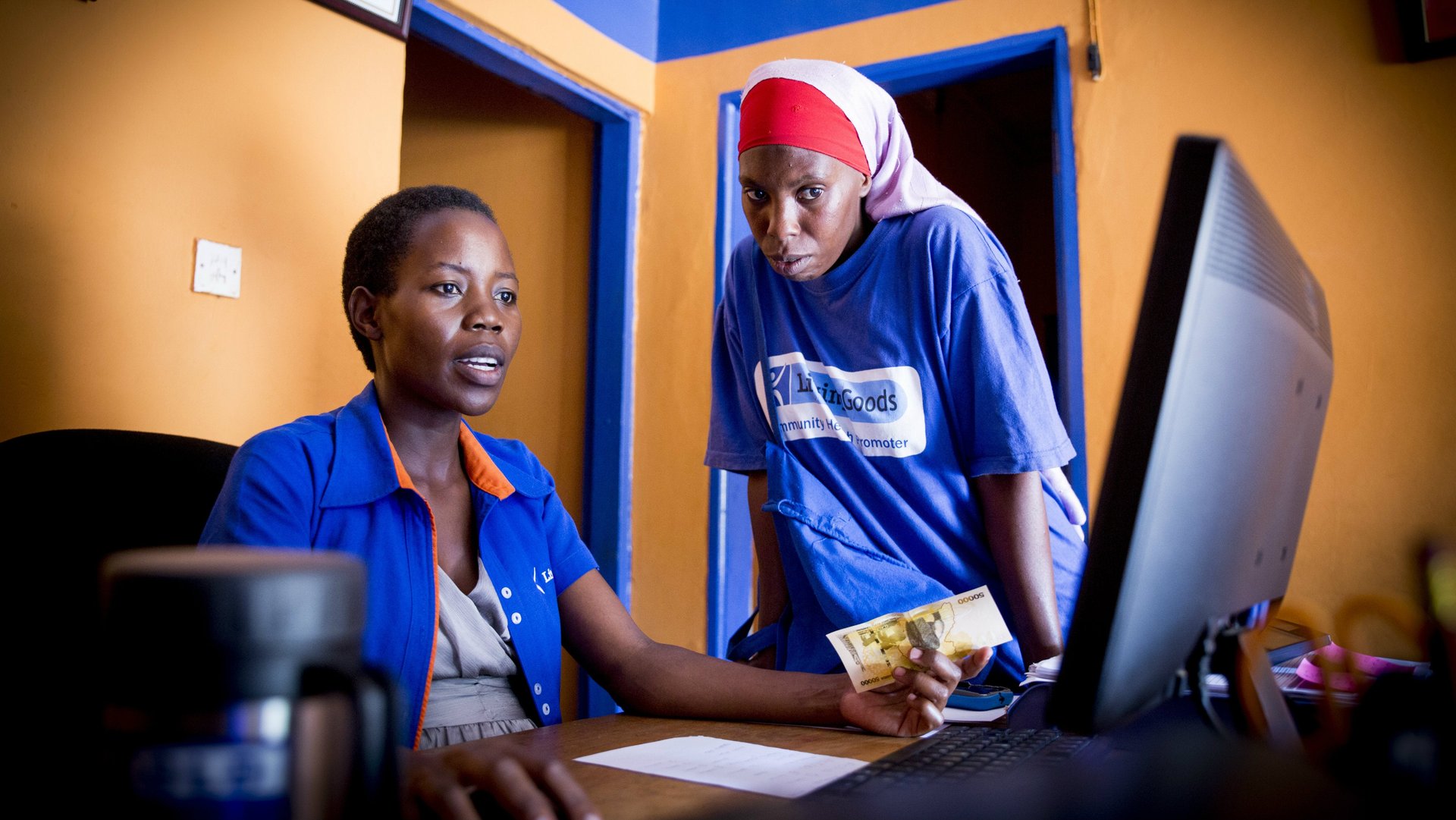Health workers can be wildly successful at saving lives when they have a profit motive
The preventable death of children in poor countries remains one of the world’s greatest scourges. Close to 3 million children under the age of five die each year, mainly in the developing world, from diseases that are easily treated.


The preventable death of children in poor countries remains one of the world’s greatest scourges. Close to 3 million children under the age of five die each year, mainly in the developing world, from diseases that are easily treated.
A tried and true method of minimizing these deaths is through community health worker programs. The health workers, usually women, provide households in rural villages with public health services and basic health products like malaria bed nets and diarrhea medicine.
Though community health worker programs are highly effective under strong supervision, these programs sometimes fail because the health workers, often volunteers, are not able devote the necessary time to the program.
When the NGOs BRAC Uganda and Living Goods joined together to start a community health worker project in rural Uganda, the organizations focused on developing a program that would keep staff engaged. They turned to that most simple and powerful of incentives: profit. It seems to have worked spectacularly. The profit-driven program proved so cost-effective in saving lives that it is now being rapidly scaled.
Under the BRAC and Living Goods model, the health workers operate as business franchisees. In addition to providing public health services, they offer villagers a range of consumer products, like food, diapers, solar lights, and antimalarials, which they buy wholesale from BRAC and Living Goods. They sell the products to the households at a markup, but the prices are still well below what is available in the market.
Researchers now with Trinity College Dublin, Stockholm University and the University of Zurich conducted an independent evaluation of the program and found that it reduced mortality of children under five by 27%. It also led to eight fewer newborn deaths per every 1,000 births. The evaluation was done through a randomized control trial that included thousands of households across more than 200 villages.
The researchers also found that the program is highly cost-efficient. Andrea Guariso, one of the economists who evaluated the program, told Quartz that preliminary estimates suggest the program costs about $4,900 per every life saved, or $82 per life-year saved. Researchers at the John Hopkins School of Public Health estimate that community health worker programs typically cost about $12,000 per life saved—more than double the cost of the BRAC and Living Goods program.
The franchisee model has proven so effective in keeping community health workers engaged that the funders have expanded the program to serve 5 million people in Uganda, and to Kenya as well.
The profit motive can go a long way.